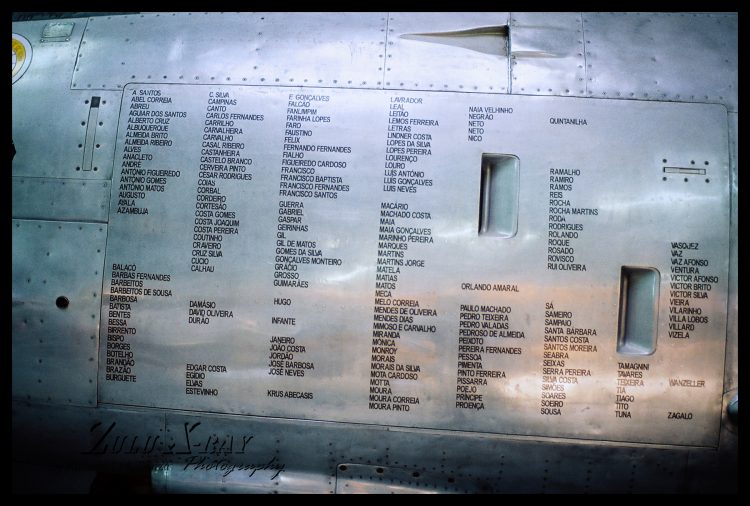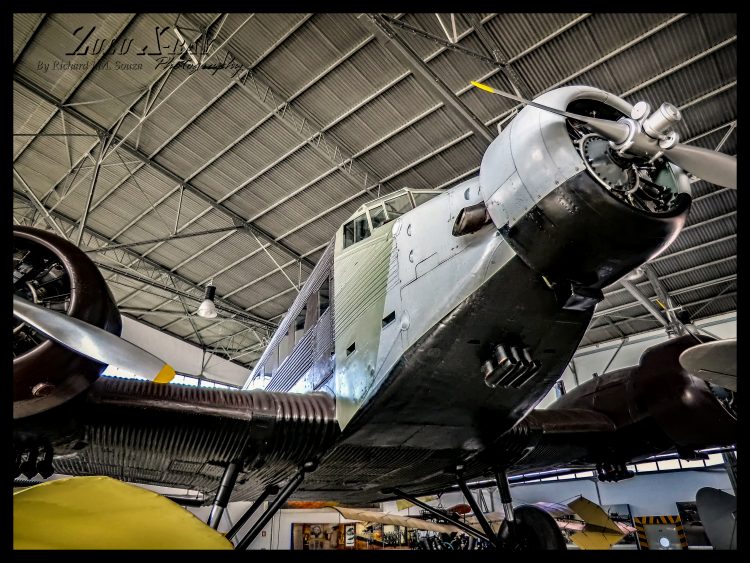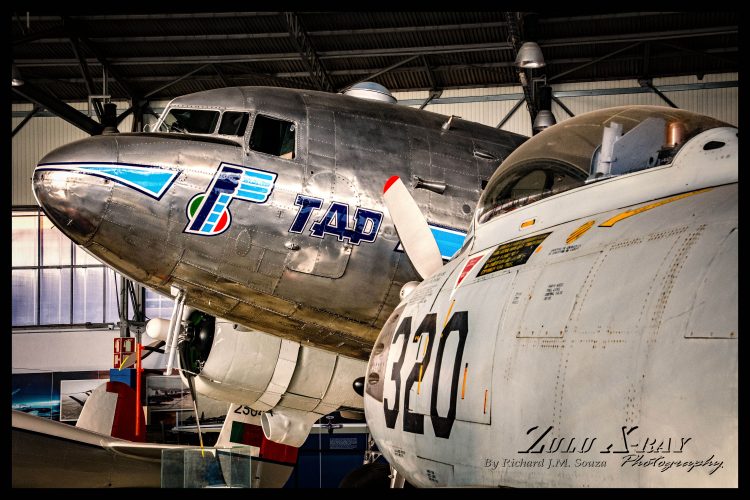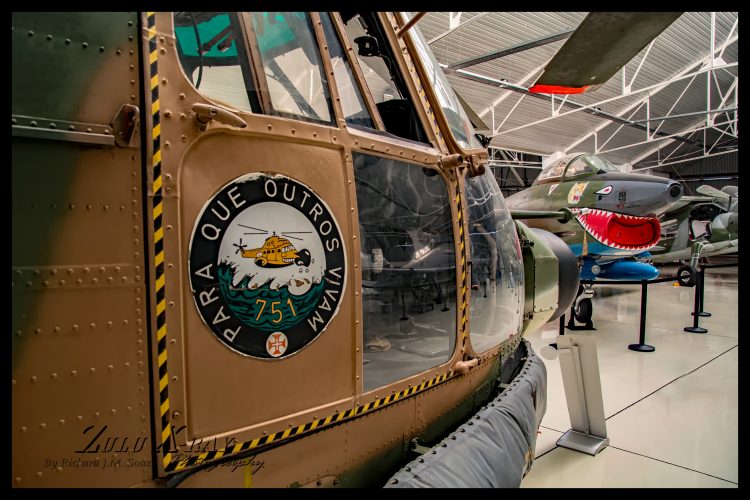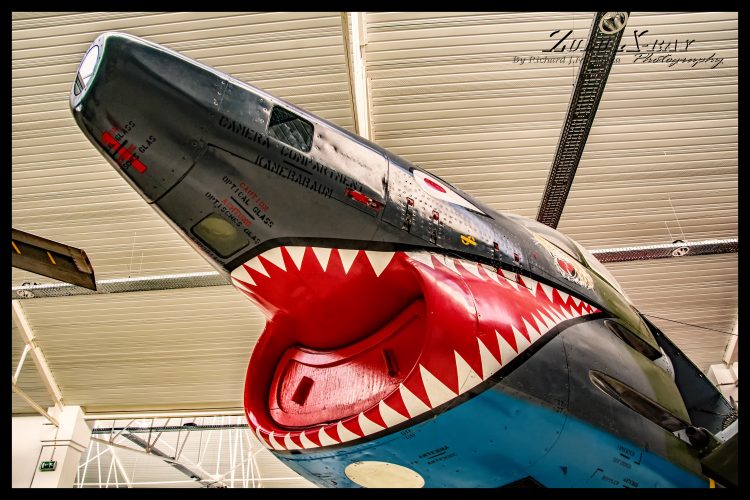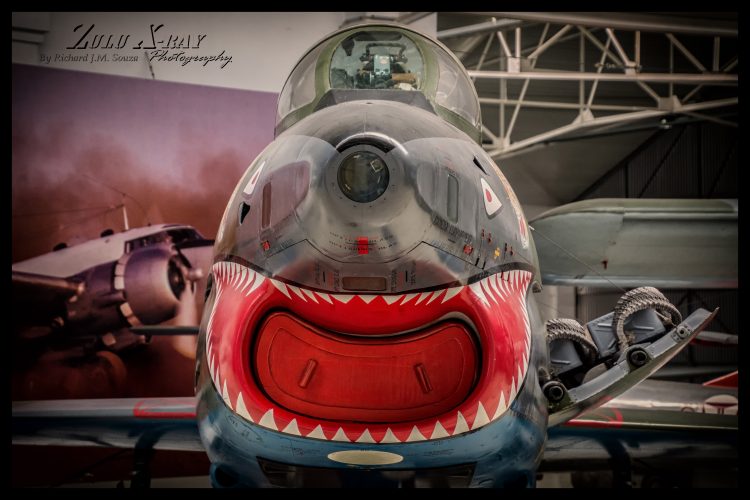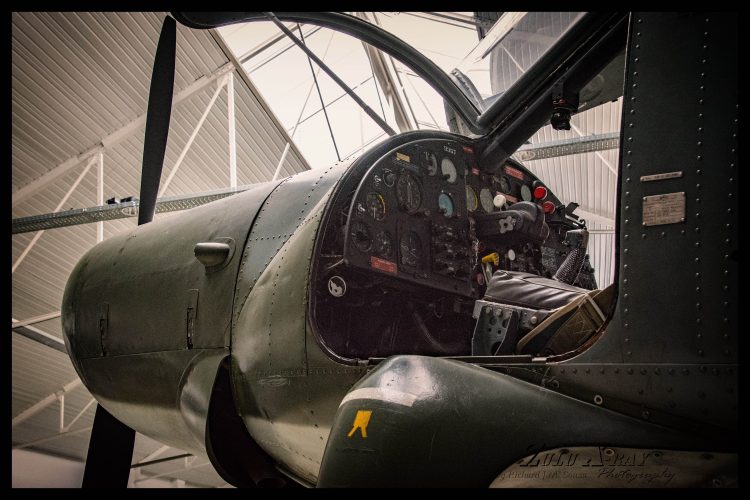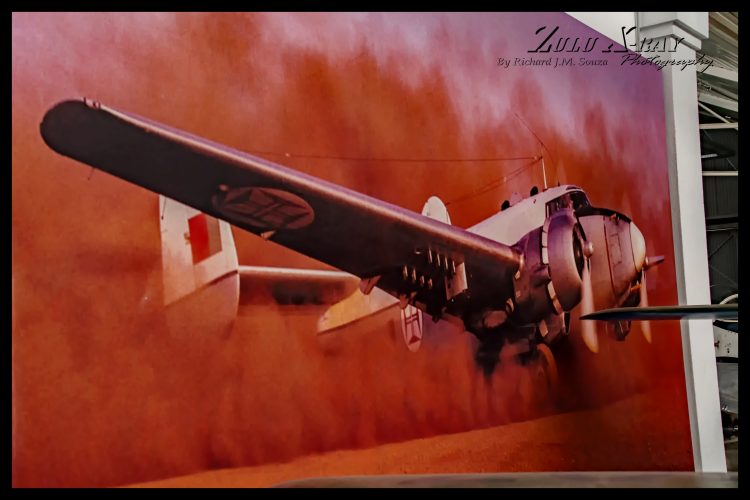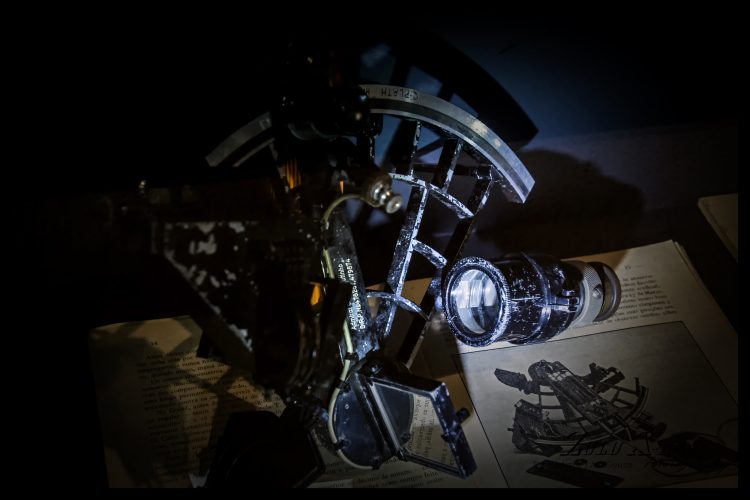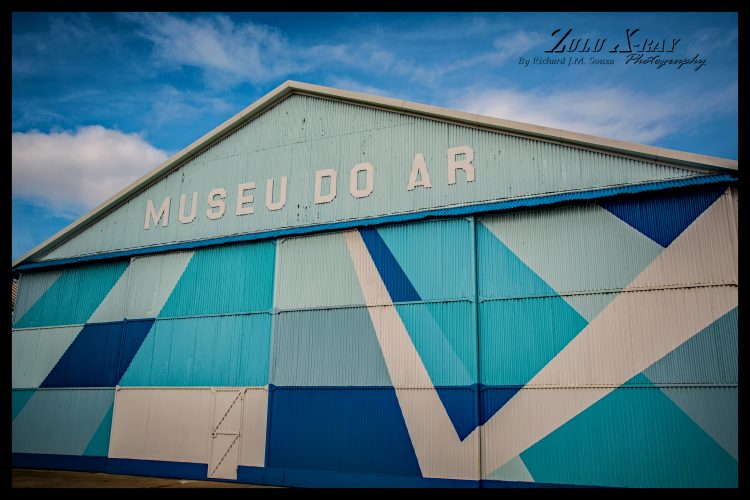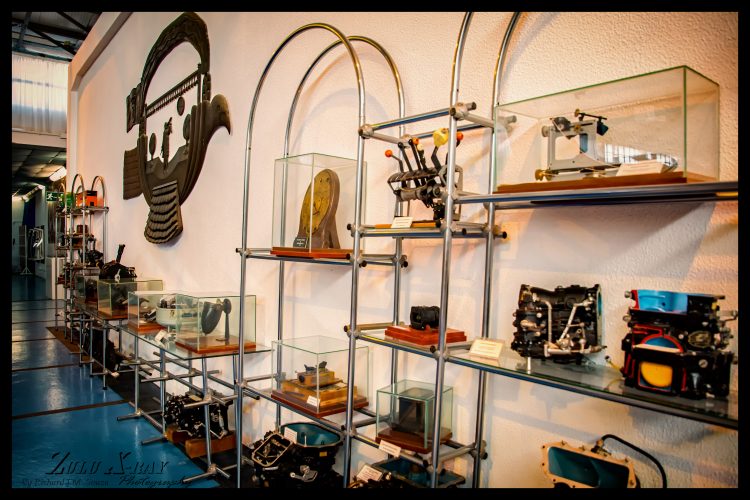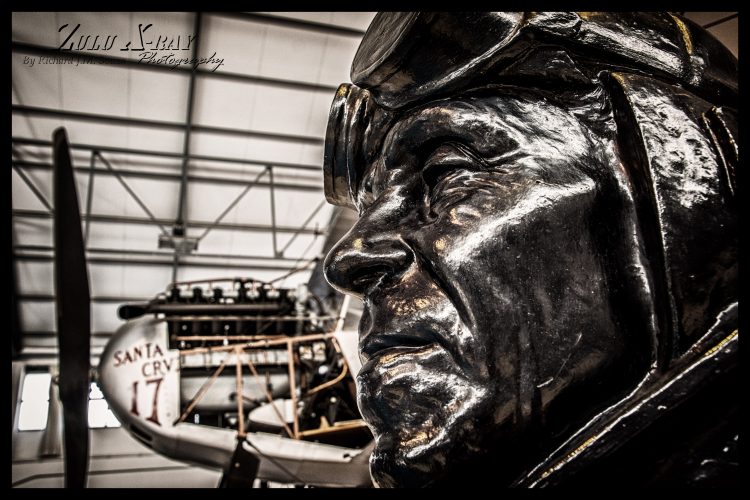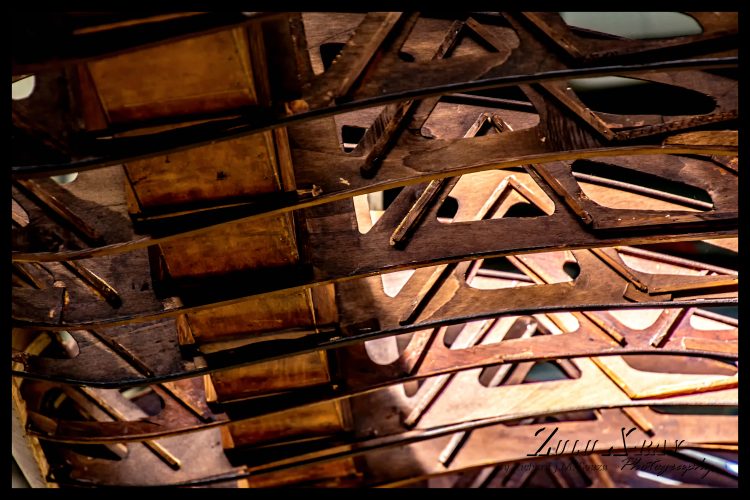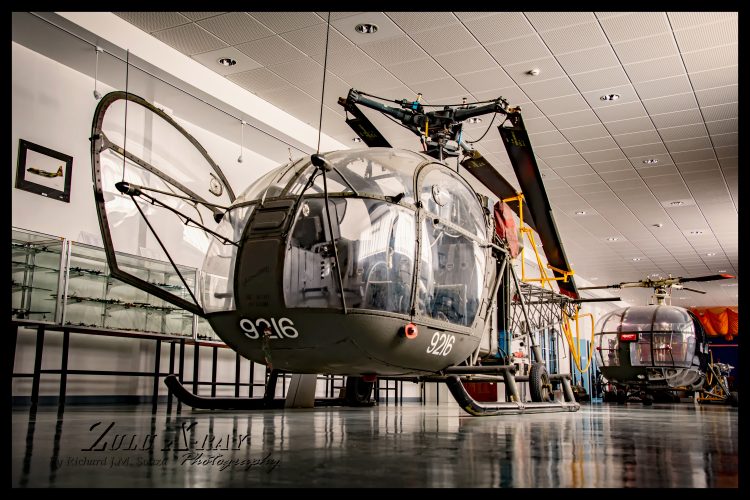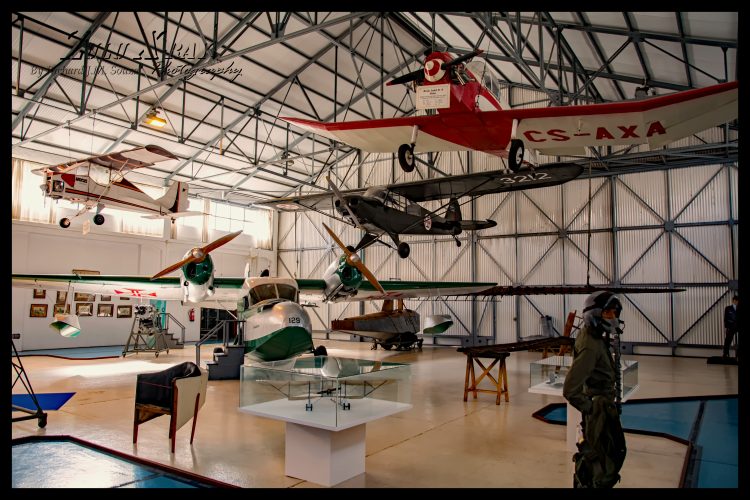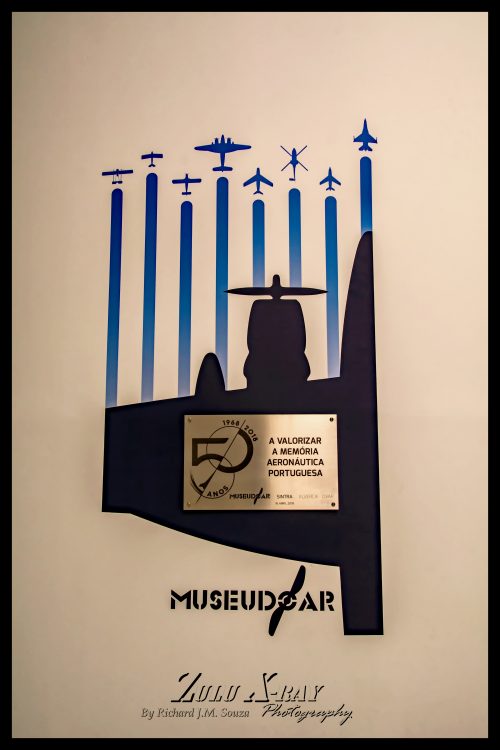Granja do Marquês, Portugal – For many, the words air museum conjures up images of the Imperial War Museum or the National Museum of the United States Air force. The reality is that most museums fall between The Smithsonian’s National Air and Space Museum and that plane on a stick in downtown nowheresville. While they may differ in size, the one thing that they have in common is… they tell a story. The question that Air Museum Network asks is, who is telling their story?
The time has come to seek out and visit the air museums and expose the hidden gems in every corner of the world. This is not just the story of what lies within the museum walls. Its the story of how they got there, where they are going and the passion of those who tuck the planes away and kiss them a good night.
To kick off this series of articles, we wanted to find a museum that we felt could represent all air museums. One that is not too big, not too small, that has financial backing yet feels the funding pain. We wanted a museum that was not particularly known and has much to offer. The museum selected just celebrated its 50th Anniversary in 2018. Not wanting to miss out on a celebration, we packed out bags and headed to the Museu do Ar – Portuguese Air Museum located in Pero Pinheiro, Portugal. The museum sits on the grounds of an air base of the Força Aérea Portuguesa (Portuguese Air Force) known as Base Aerea N1 or simply, BA1. The museum has two additional annex facilities located in cities of Alverca and Ovar.
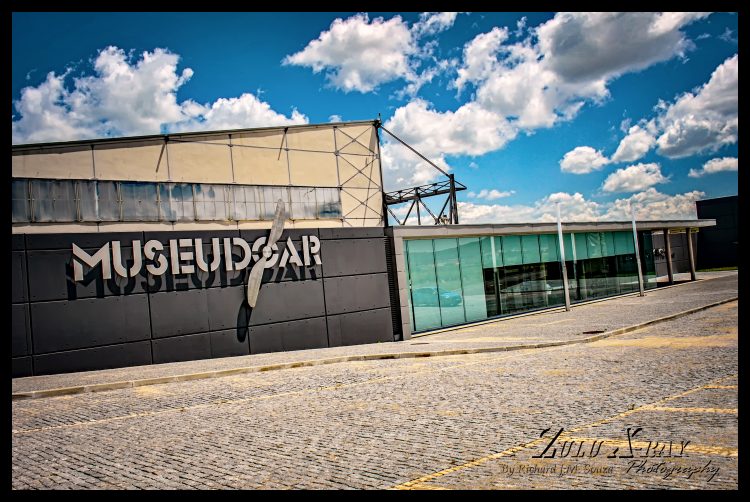
The Museu do Ar was formally established in 1968. When the museum opened its doors to the public in 1971, the entire collection was housed in Alverca. In 2009, the museum went through a major transformation and the main collection was moved to BA1 in Pero Pinheiro, Sintra. Three historic hangars located on this base were restored as were adjacent hangars. The new independent entrance meant that visitors no longer had to request permission (from base authorities) to visit the museum. The spacious apron outside the hangars can accommodate those oversized aircraft that can’t fit inside the hangars.

This move to BA1 was pivotal. If we measured a museum’s caliber by location, this museum jumped from a .22 cal to a .44 Magnum. We will go out on a limb and say that this museum has (hands down) one of the most stunning views. If the UNESCO World Heritage Culteral Landscape of Sintra (just a few miles down the road) doesn’t convince you, then the Serra of Sintra (Mountain) will. Perched atop the serra, overlooking the museum is the Palacio de Pena (palace) and the Moorish castle walls that date to the 9th Century. Of course, the day we visited the museum, the ceilings were low and it was raining and the serra was nowhere to be seen. But take our word for it…. It is there.
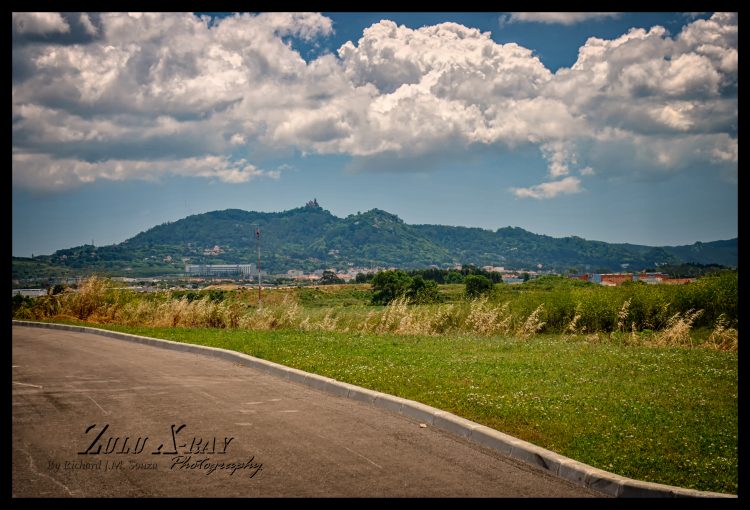
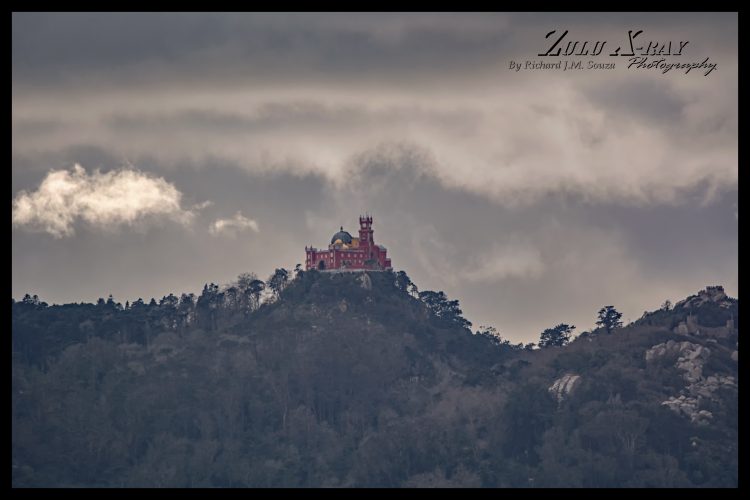
This makes a more impressive calling card than a small hangar in Alverca, wedged between commuter railway station the OGMA Aviation Maintenance Facility (formally Oficinas Gerais de Material Aeronáutico). It is also safe to say that the Museu do Ar is the Western most air museum in continental Europe.
As one pulls up to the museum entrance, the words “O Dever de Memória” can be seen mounted on the slab wall. These words refer to the museum’s mission to preserve this country’s aviation heritage. The words “Museu do Ar” simply translates to Air Museum. The reason for this generic name can be explained. This is not the Portuguese Air Force Museum. It tells the story of Portuguese aviation, its history, achievements and honors its pioneers. With that said, it is only appropriate that the gate keepers of this uniquely impressive history be the Força Aérea Portuguesa (Portuguese Air Force).
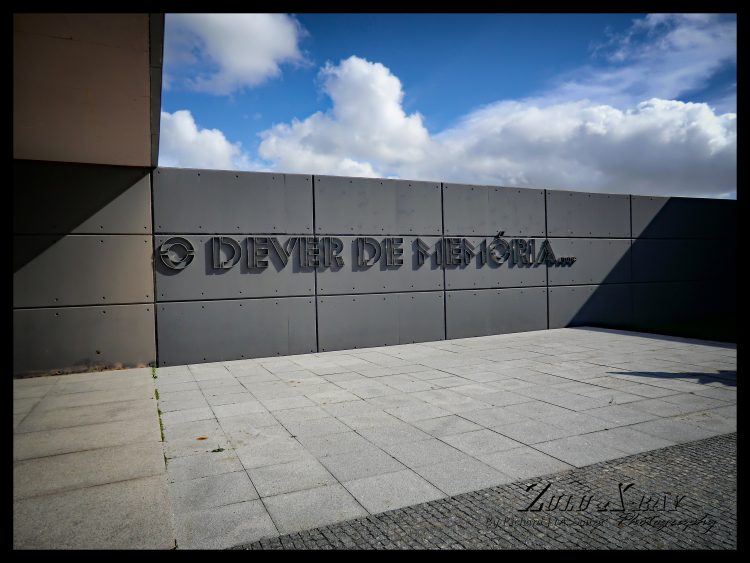
As we mentioned in the beginning of this feature, this museum is like any other museum, meaning… There is a lobby, a nice store and that little passage way that takes you to the museum collection. Beyond that point is where every museum is its own. All aircraft (original and replicas) and artifacts on display are directly tied to Portuguese aviation history. Not having an aviation industry of its own, Portugal flew what it could afford and what they could get their hands on. As a result, it is left with a diverse and eclectic aviation heritage. While Portugal is not the only country to have flown a cornucopia of aircraft, it is unique and interesting, how they came to fly these aircraft and how it is woven into their history over the last 100 years.
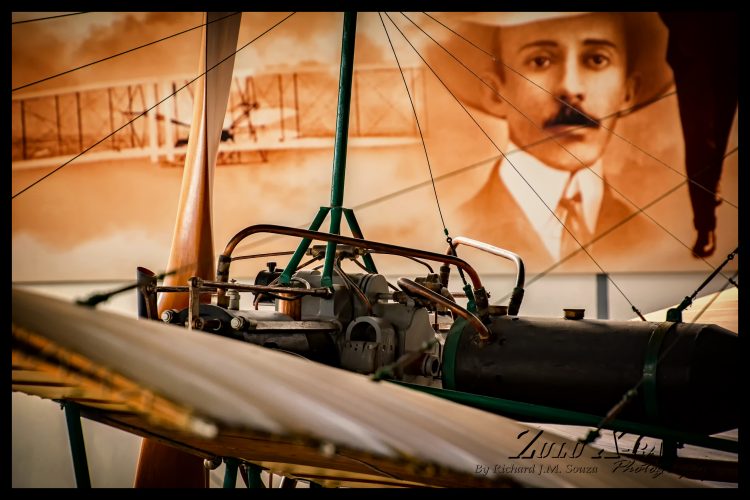
Let us not look any further. The museum is located on the grounds of their first military air base. In 1920, the Escola Aeronáutica Militar was transferred from Vila Nova da Rainha to Pero Pinheiro. The three historic hangars built over 100 years ago, now house part of the museum’s collection.
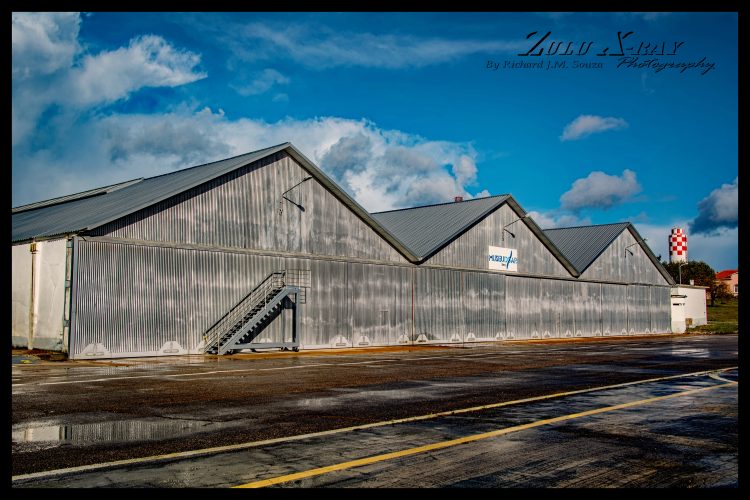
Stepping into the main hangar, one can take a snapshot of some of the most iconic aircraft ever flown. While it is hard not to be impressed by the beautifully restored Junkers JU-52, visitor’s eyes gravitate toward the center and the all familiar C-47/DC-3 Dakota. The Dakota went through an extensive restoration and interesting enough, sports a split livery. On the starboard, or right side, it is painted in the colors of the Direcção-Geral da Aeronáutica Civil and on the port, or left side, TAP the Portuguese flag airline. This Dakota is one of the museum’s golden nuggets. Aircraft tell a story and if this Dak could speak, the visitors would hear about a mission flown on June 6th, 1944. Yes, this Gooney Bird is a D-Day Veteran.
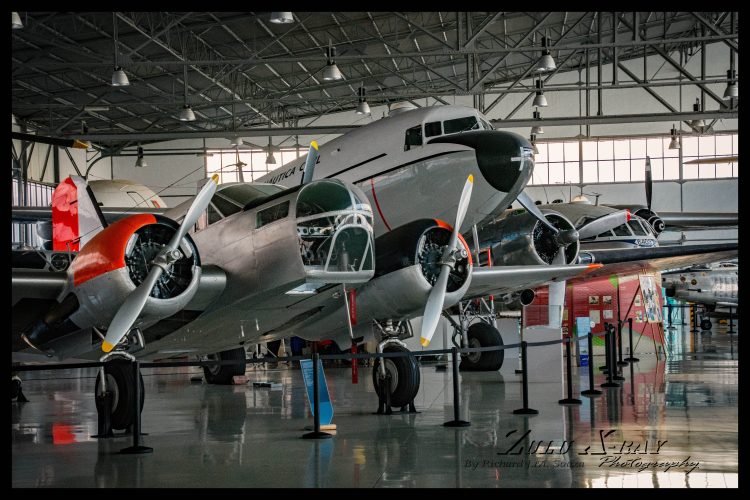
The jet fighter class is well represented. F-84, F-86 and something that is not very common to see in the United States, the Fiat G-91 affectionately known as “Gina”. One of the Ginas on display sports the 75,000 flight hour livery. It commemorates the years of service (1965-1993), its service during the Overseas War (Guerra de Ultramar) and the names of every pilot that flew the type. During the anniversary year, one of the operational squadrons was gracious enough to loan a grounded F-16 so that the museum could display the country’s current fighter.
As one makes their way through the museum, the subtle references to the overseas colonies can be detected. This is not by design, it’s organic. While the colonies became independent (following Carnation Revolution of April 25, 1974) they continue to be part of the Portuguese fabric. Through the aircraft and displays, this museum manages to tap into this country’s DNA unlike any other museum.
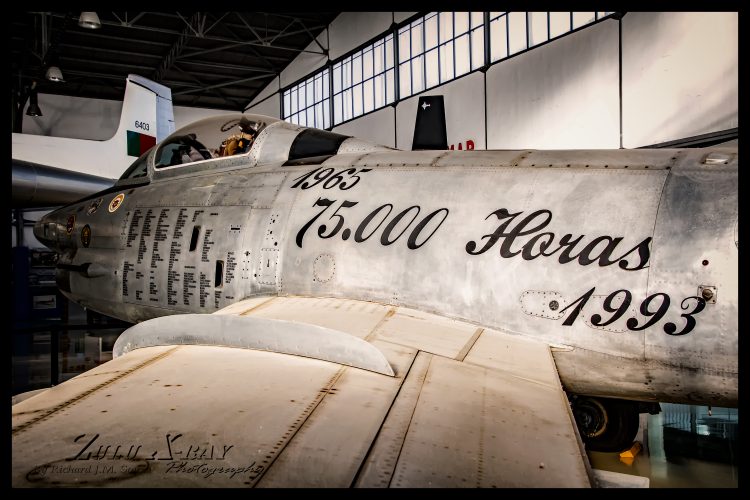
Inside the historic hangars, the aircraft on display tell the story of the Overseas War, one of the most difficult periods of modern Portuguese history. The aircraft on display, continued their service in peace time. The Aérospatiale SA 330 Puma on display, transported Pope John Paul II on his visit to the Fátima Sanctuary. Again…. another golden nugget.
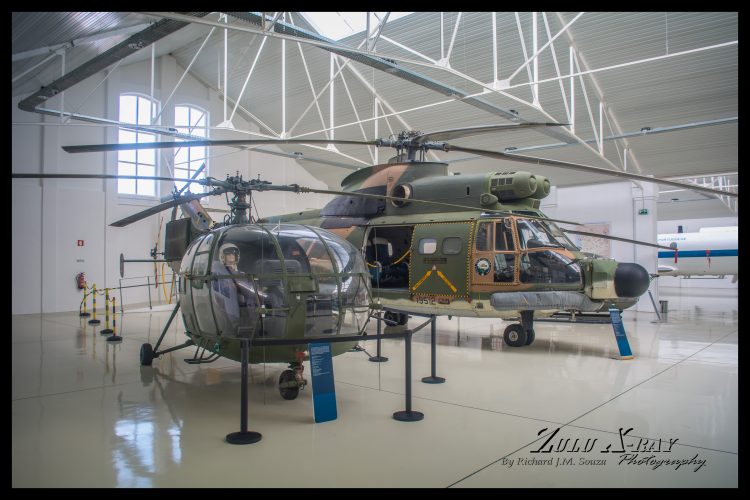
The Museu do Ar maintains a partnership with the Portuguese Flag Carrier TAP – Transportes Aéreos Portugueses as well as with ANA – Aeroportos de Portugal (Airport Authority). Restored cockpit sections, of the iconic 707 and Lockheed Super Constellation, take visitors through the history of the airline which was instrumental in maintaining the connection between Mainland Portugal, the Açores (Azores) and Madeira Islands and former colonies throughout the world. The artifacts displayed, transport visitors through the development of the country’s airports and the experience of air travel during the “Golden Years”.
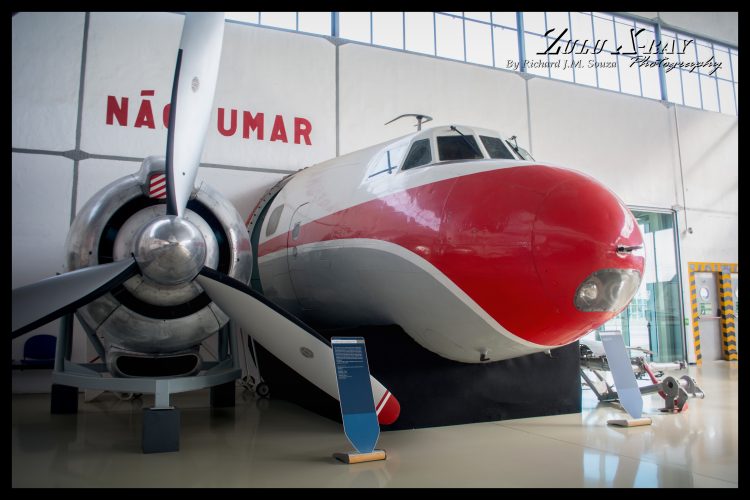
The museum honors its aviation pioneers though wonderful displays with artifacts from a bygone era. One cannot speak about this country’s aviation heritage without mentioning the names of Admiral Gago Coutinho and Commander Sacadura Cabral. These two pioneers were the first to fly across the South Atlantic in 1922. A historical event that has never been given the credit it much deserves.
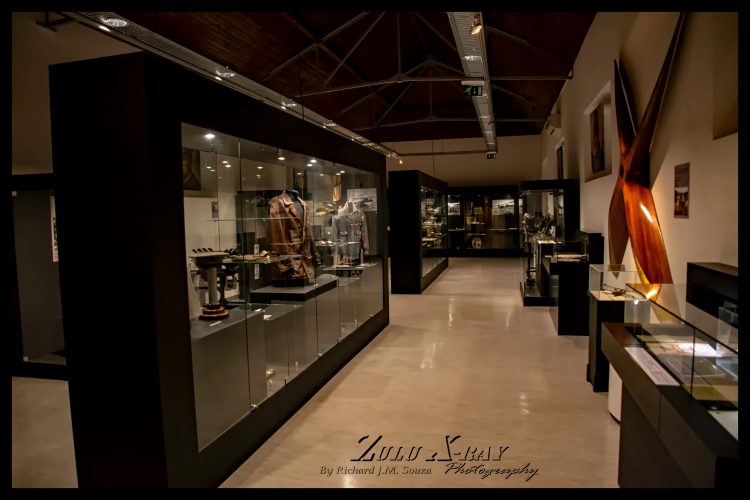

For years, part of the collection sat outside. This makes any air museum lover cringe. It wasn’t and isn’t of any museum’s liking or choosing. Great efforts have been made to keep the aircraft sheltered from the environment. Unfortunately, this museum suffers from the same lack of space as its counterparts around the world. On a positive note, when and if the Força Aérea Portuguesa ever retires the C-130, there will be plenty of space on the apron to park it alongside the P-3 Orion, P2V-5 Neptune and Casa C-212 Aviocar.
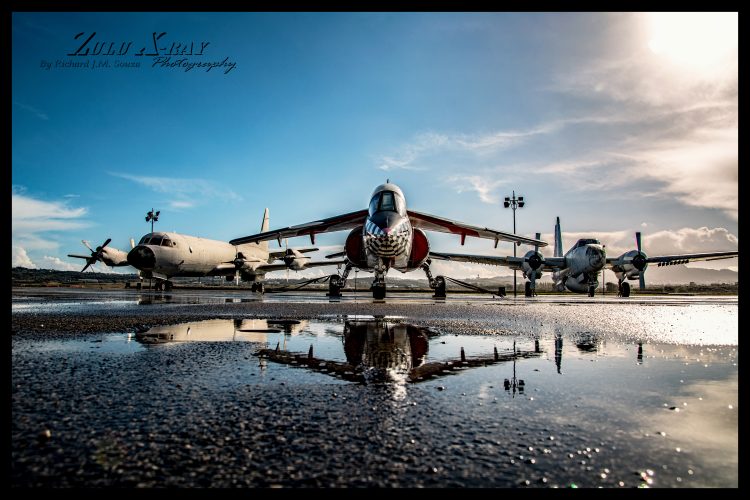
The majority of the aircraft that are on display are restored, preserved and maintained by the museum. At BA1, there is the restoration building. Not much larger than a two car garage, only the smaller aircraft can be restored there. Air Museum Network was given exclusive access and was able to see as the finishing touches were being made on a T-37 in the Asas de Portugal Flight Demonstration Team livery. Much of the maintenance and restoration work is performed by active duty service members who, when time and duty permit, lend much needed assistance in the various ongoing projects.
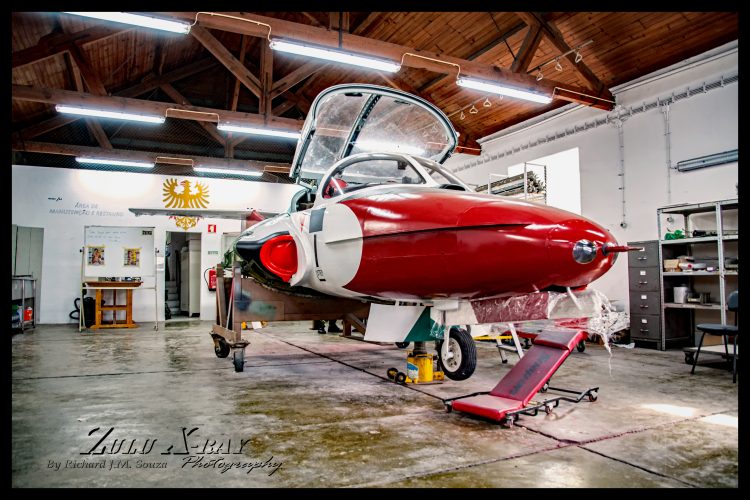
The Nord 2502A Nortatlas for example, was completely restored thanks in part by sponsorships that were obtained. The most innovative restoration was that of the Junkers JU-52. The museum engaged in a quid pro quo exchange. The Museu do Ar sent the Boda Aviation Historical Society of Norway two examples. After 5 years and 15 to 20,000 hours later, the restored JU-52 was returned to Portugal as “payment in full”.
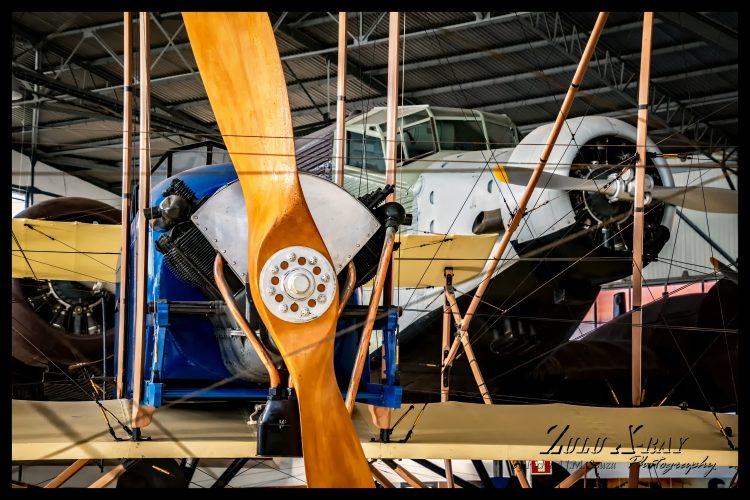
The museum is committed to be socially responsible. Certain projects have been adjudicated to technical schools. Giving students the opportunity to enter or reenter the work force with a skill and trade. Two fine examples of this collaboration is the restoration of the 1928 Varela Cid hydro glider by a tecnical school and the Deperdussin by the Centro de Emprego e Formação Profissional de Setúbal (Workforce Training Center).
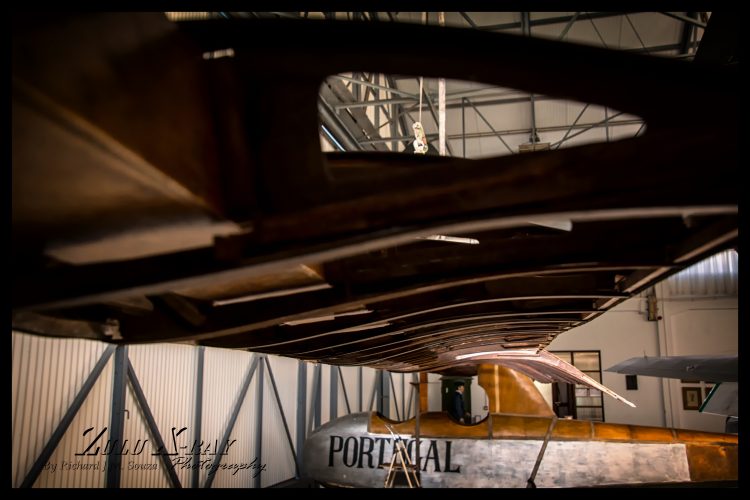
The Alverca Annex, located 15 miles north of Lisbon, served many years as the museum’s primary facility. Now serving as an annex or extension of the main collection at BA1, the hangar houses almost a dozen aircraft that are surrounded by artifacts, instruments, engines and an enviable collection of model aircraft. The center piece of the annex is the replica of the Fairey III-B “Santa Cruz” flown by Admiral Gago Coutinho and Comander Sacadura Cabral on their South Atlantic journey. This replica is one of two in existence. The other is housed in the Naval Museum in Belem.
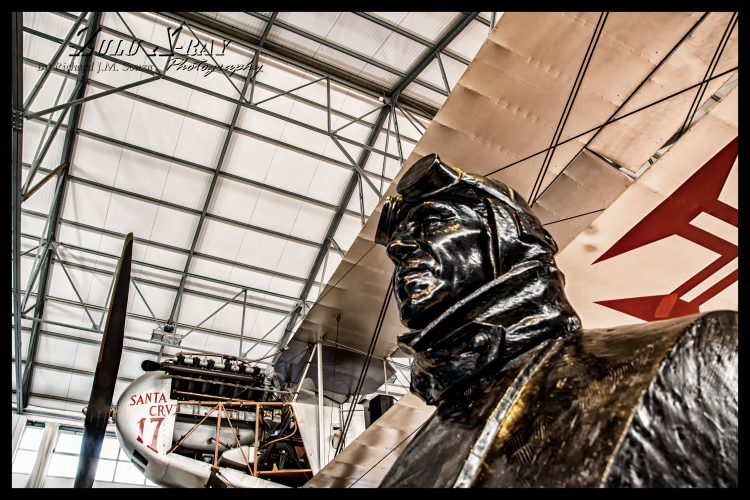
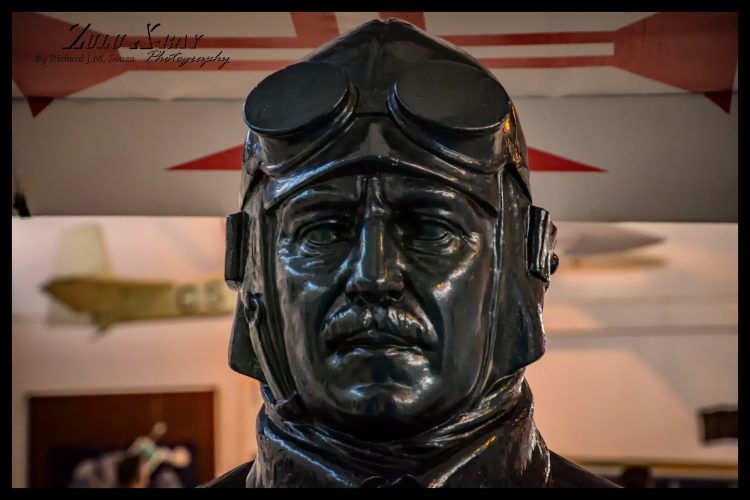
Of all the engines on display, there is one that tells a particularly sad story. The engine is from a PBY Catalina christened “Flying Calypso”. The aircraft was owned by pilot/cinematographer Phillippe Cousteau, son of famed French oceanographer Jacques Cousteau. On June 28, 1979 the PBY Catalina nosed over during a high speed taxi run on the Rio Tejo (Tagus River) killing Cousteau. This engine is in its rightful place, as the tragedy occurred only a few miles away.
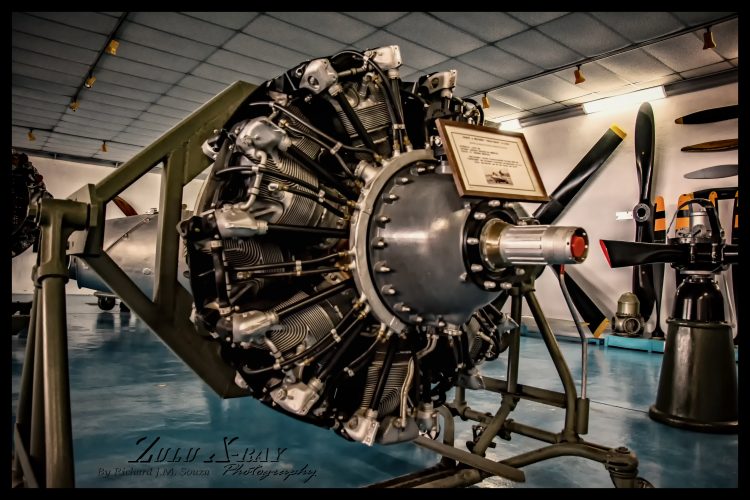
Like many of its counterparts, the Museu do Ar has hit its share of bumps on the road over its fifty year history. As we look back, we see that this museum has survived through some turbulent political and economic times. While the museum was, for many years, a hangar with some planes, they have been able to find a path and pave a road to the future. It isn’t without challenges and government funding is not a guarantee of success. With the funds allocated, they are only able to buy lemons. So it shouldn’t supprise you that they have become experts in making lemonade.
The downside to being located at BA1 is accessibility. Without a vehicle, it is possible to catch a train or bus to Sintra. However, there is no regular schedule transportation to the museum. Their counterpart, Museu da Marinha (Naval Museum) is located in a high tourist area and only has to open their door for the crowds rush in. Thinking outside of the box, Museu do Ar has successfully increased the number of visitors year after year.
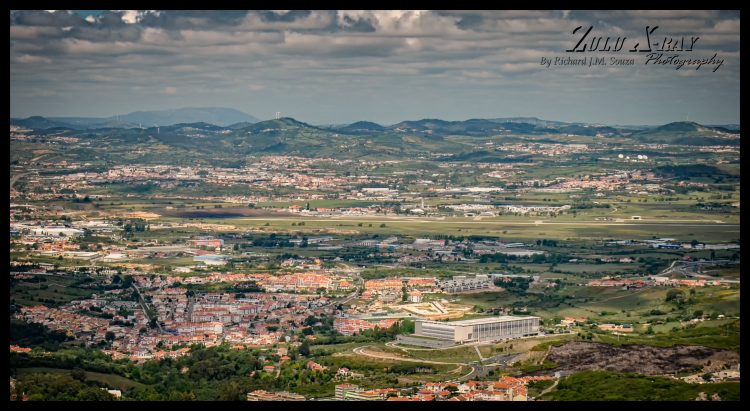
The museum has recognized that in today’s day in age, they have to be interactive. Long are the days when museums sat on a corner waiting for people to walk in. The museum has to give visitors more than nostalgia. It has to be an experience. Museu do ar has participated in the European Night of the Museums, where participating museums close their doors at midnight. With the proper lighting, the look and ambiance take on a new dimension. So even if a person has been there 100 times, this experience will be different.

The museum is capitalizing on technology by using Apps that are designed to assist visitors on self-guided tours. Visitors download the App (izi.Travel) and can get information on the particular aircraft or display. Thinking toward the future, they are currently working on the virtual reality tour which they hope enhances the experience.
In an effort to attract schools and school aged children, Museu do Ar has partnered with Coolture Tours. This company specializes in tours with a twist. These lively tours are given by “Major Seruya” and “Ana the Flight Attendant”. These characters take the kids and grown-ups on an enthusiastic and joyful tour of the museum. This combination has become pretty popular, so don’t be surprised if there is a school bus parked out front when you arrive.
Bringing the museum to the public has been another method used to introduce people to the Museu do Ar. Having multiple examples of some aircraft type in storage, the museum staff engineered a way to quickly disassemble transport and reassemble the aircraft in a town square anywhere in the country. The Alpha Jet has been a big success and is the first opportunity for many to get close to a military jet aircraft. This also projects a sense of national pride. There are not a lot of air museums that take a show on the road.

The Museu do Ar takes full advantage of the fact there are located on an air force base. Every year, the Força Aérea Portuguesa (Portuguese Air Force), commemorates their anniversary with a ceremony in a chosen city and throughout the year hold open houses at all of the air bases. Needless to say, the museum makes sure that their doors are wide open when BA1 has their Open House. In fact, Museu do Ar is the co-host of the event. This is the museum’s “big” event. This year alone 25,000 people attended. Where some museums would probably turn visitors away, museum staff were active on social media telling followers to stop by, they could squeeze a few more people in. Not many museums this size can say they had 25,000 visitors in one day.
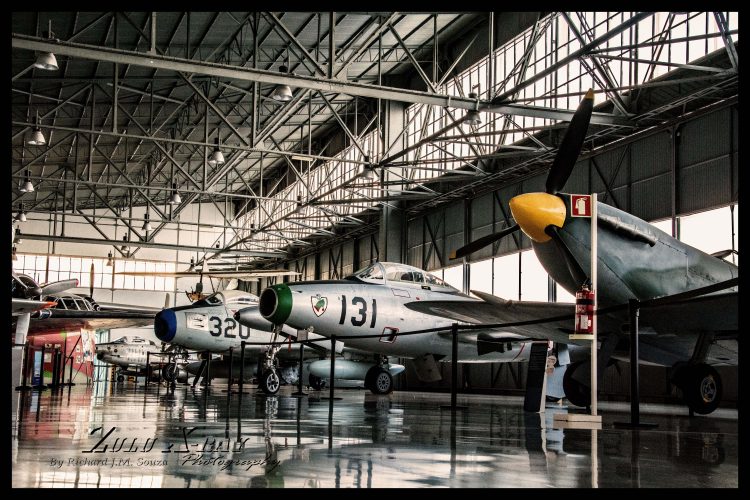
The most important element, component or asset of any museum is the people. Without them, a museum is nothing more than a boneyard. A place where artifacts collect dust. The Museu do Ar is staffed by a dedicated team of men and women. They have been assigned a duty that others in the military may considered unglamorous and lacking adventure. The staff of this museum may not be the ones flying 30,000 feet into the wild blue yonder, but they will ensure that there is another generation that will. The staff, commanded by Coronel (Colonel) Rui Roque, embrace their mission and do the job with passion. Nowhere was this passion more evident than the day we visited the Alverca Annex. We asked a museum staffer a question and the answer we got turned into a two hour conversation. It didn’t take us long to realize that this man loved his job, knew every detail about the facility, the museum and knows every nook and cranny of the warehouse. We later found out that Sargento-Mor (Sergeant Major) Pacheco is a museum legend. His passion for the aviation history and heritage of his country makes him the human treasure. There is a Sargento-Mor Pacheco in every air museum around the world. That is the spirit that keeps places like Museu do Ar alive. Even though the Sergeant Major is reaching mandatory retirement, there is no shortage of passion flowing through the veins of this museum. They might have a problem finding a certain artifact in the warehouse, but I’m sure that Sargento-Mor Pacheco wouldn’t mind a phone call from the museum.
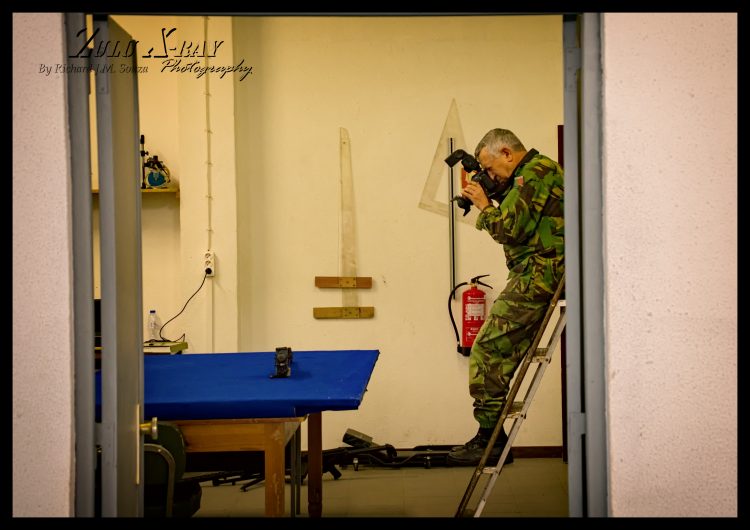
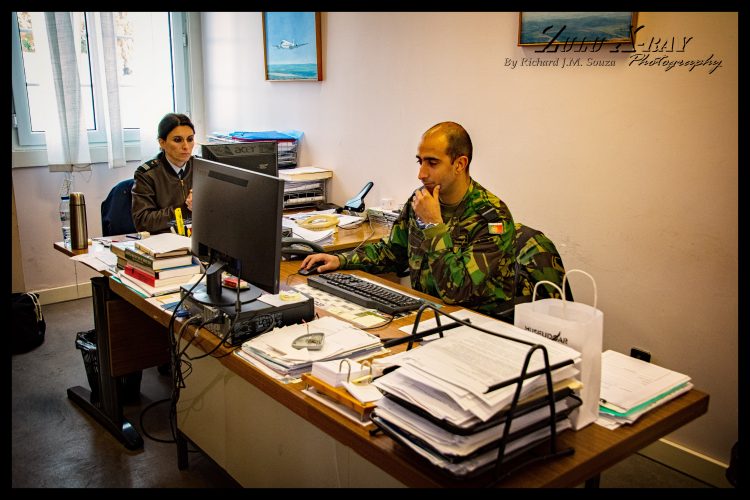
As the clock ticked and closing time was just minutes away, we turned around and took one last look at this marvelous collection. As we walk through the glass doors, we, again, see those words… “O Dever de Memória”. It really makes sense! Now it is our duty to tell the world about a country with a rich aviation heritage and a museum that stands proud and tall. There is so much more that could be said about this museum, but telling you does not do the Museu do Ar justice, it needs to be experienced. Air Museum Network knows that a trip to Portugal is not within everyones’s reach, but neither was the Imperial War Museum or Planes of Fame in Chino California. There will come a time when opportunity knocks and the trip will be possible. When you do, just remember about this world class museum with the world class view.
Air Museum Network wishes to Thank Coronel Rui Roque, Tenente-Coronel Mineiro, Capitão Abreu, Sargento-Mor Pacheco and the entire Staff of the Museu do Ar for their gracious hospitality and a special Thank You and “Bem Haja” to Alferes Ninitas for making this visit possible.
For more information on Museu do Ar visit – www.museudoar.pt
Facebook – Museu do ar
Instagram – @museudoar


